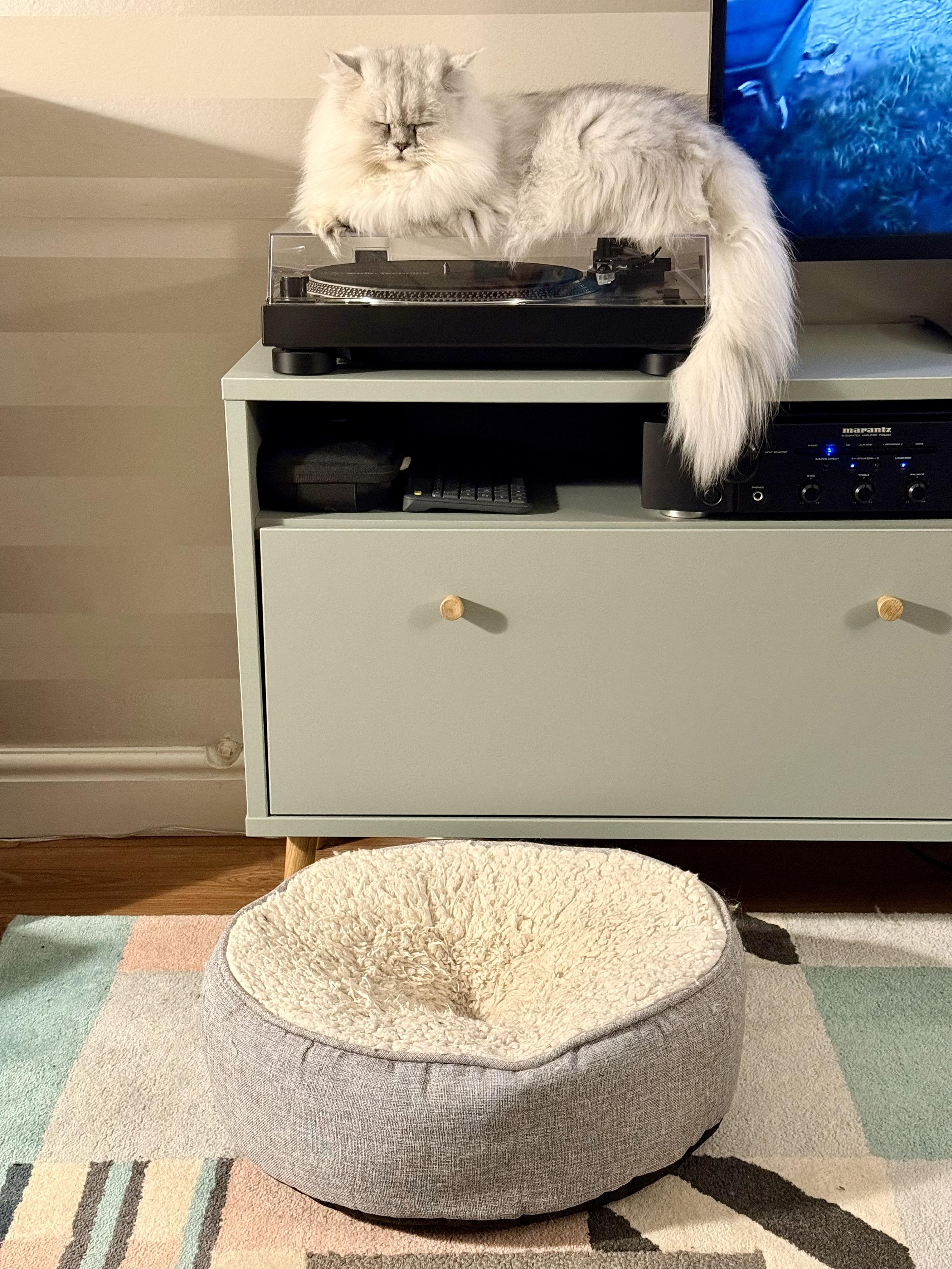Fediverse Report – #142
The News
More on Bonfire, which is currently doing a crowdfunding campaign (for an extensive look at Bonfire, see last week’s report):
- Erin Kissane has written an article on Bonfire, and why building blocks for communities matter. She writes: “The work that comes next for Bonfire—that their funding campaign is about—evolves around the needs of real humans in our exact moment, including collective governance, shared moderation, mutual aid networks, living archives, and end-to-end encryption. It also, to my absolute delight, foregrounds maintenance—the thing no institutional funder ever wants to help with, because the incentives are for the innovative and new, not the stable and thriving. The code is open source, yes, but it’s all specifically conceived as a public good. “
- Bonfire writes about ‘Matters of care – why maintenance comes first’: “Maintaining, continuing and repairing are care work. They’re foundational to any open‑source project. Maintenance is the unglamorous work that keeps people safe, tools usable, and the commons alive.”
- On more practical matters, Bonfire is working together with A New Social on building the connections between Bonfire and Bluesky: “With Bridgy Fed, users will be able to bridge on a per-circle and per-post basis. This means that you can have a circle where you specifically post to the ATmosphere while others only distribute to users on the Fediverse! Users sometimes want to broadcast as loudly as possible, while other times they want to enclose a post for a community, and we’re so excited to see Bonfire tackle this problem directly.”
One thing that strikes me about Bonfire’s approach, both to how they develop their software and how they run their crowdfunding campaign, is that they explicitly do not want to run a flagship server of Bonfire. Instead, they are heavily focused on the role of communities that can set up their own server. However, what that approach misses is that the concept of a community setting up their own fediverse server seems to be heavily tied to specific moments in time. Between 36 months and 30 months ago, over 120 new Mastodon servers have been started that have more than 100 active accounts. Between 30 months and now, 24 new Mastodon servers have been started that have more than 100 active accounts. For the most recent year this effect is even more pronounced, with 10 Mastodon servers started in the last year that have more than 100 active accounts.
This shows that the movement of starting a new fediverse server was heavily tied to the Mastodon migration effect that started after Elon Musk took over, in the fall of 2022. After that period, much fewer communities have started a new Mastodon server. This poses a challenge for the approach of Bonfire: the Bonfire Social software is now officially released in a 1.0 version, but there is not a single publicly accessible server that runs Bonfire. And sure, over time this will likely come and people will start to run a Bonfire Social server. But the momentum for people to start new fediverse servers has ebbed away for now. Hopefully, new software such as Bonfire can bring some of that energy back.
Mastodon has updated and simplified the roadmap of what they are working on, as the old version of the roadmap has not been updated for a while. Mastodon is currently working on three features:
- Packs, now named Collections, which is Mastodon’s spin on Bluesky’s Starter Packs. More information on Mastodon’s current design for Collections here.
- Mastodon is also working on giving institutions more control over the landing page.
- Better onboarding, with “improvements to how new users first arrive on Mastodon so they understand what that can do easily.”
Personally I’m confused on why giving admins control over the landing page of a Mastodon server is labeled as “Institution support”, and not just support for any Mastodon server. Mastodon, and the fediverse more broadly, has struggled for a long time with the concept of ‘server’. Servers are interchangeably seen as ‘just a way for people to access the fediverse network’ and ‘individual places of community in a wider social web’. While the second interpretation is how people want the fediverse to be understood, in practice it is often much closer to the first interpretation. Giving any server a way to customise the landing page, making it clearer why Mastodon server A is different from Mastodon server B, is a great way to push the network to a network of connected places. That Mastodon is only adding this customisation because of institutional support feels like even the Mastodon organisation itself has trouble sometimes to truly commit to the idea that Mastodon servers can be unique individual communities in a larger social network.
Features further down the line that Mastodon is exploring is the better support for private messages and moderation tools. More support for stuff like shared blocklists is highly needed, and I’m curious to see what comes out of it. Showing private messages as real messages and not have them show up in the feed is also long overdue. I’ve missed a fair number of private messages that way (apologies to everyone I’ve responded late to due to this), so its good to see that this eventually might change.
Mastodon is not alone in working on better moderation tooling for Mastodon and the fediverse. The Fedimod FIRES project by independent developer Emelia Smith also gives fediverse servers the option to share moderation information with each other. It is still in development, and Smith released the latest version this week, saying that she hopes this will be the final version before an 1.0 launch.
The Links
#nlnet
https://connectedplaces.online/reports/fediverse-report-142/


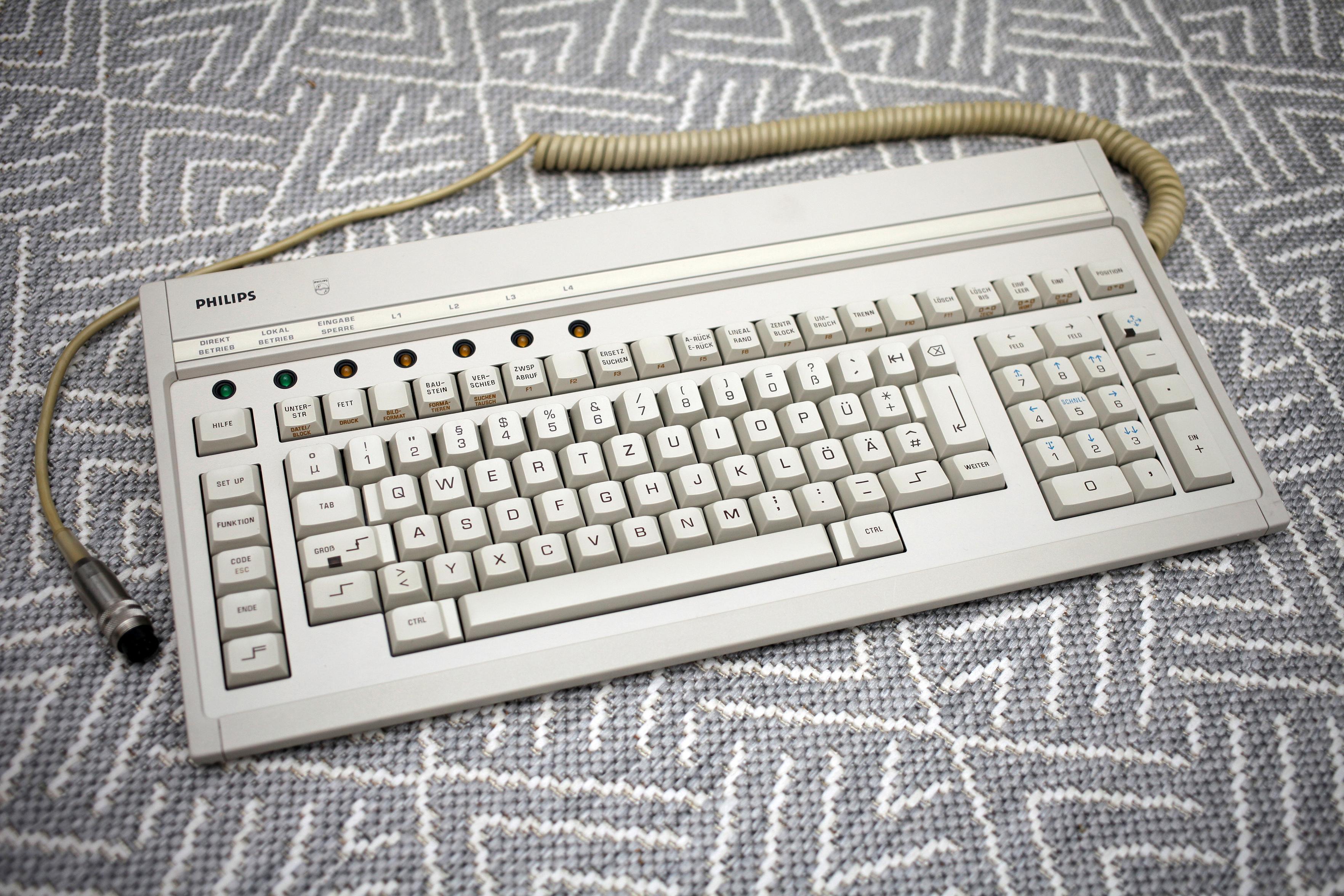
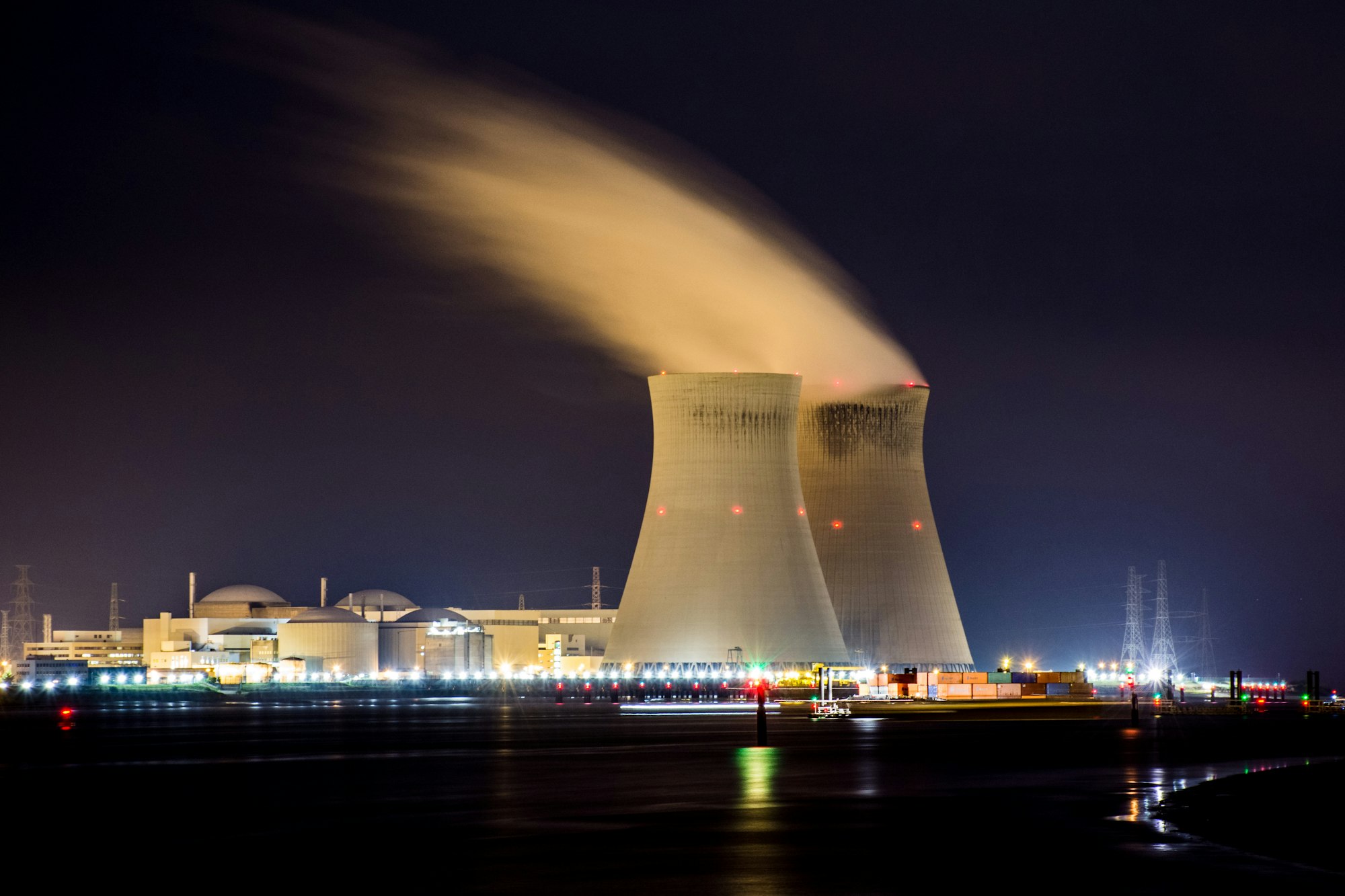
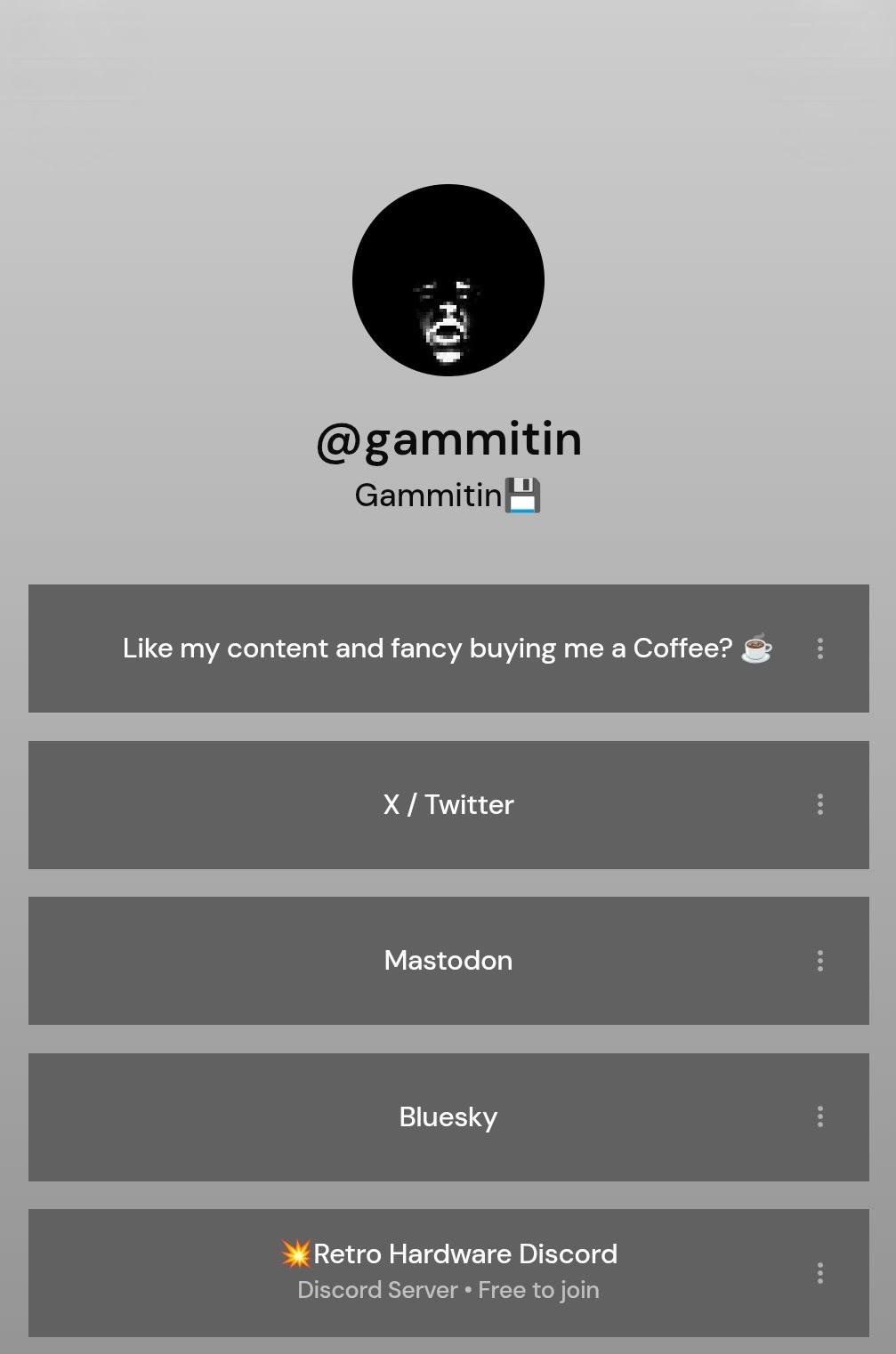






 しゅいろ
しゅいろ






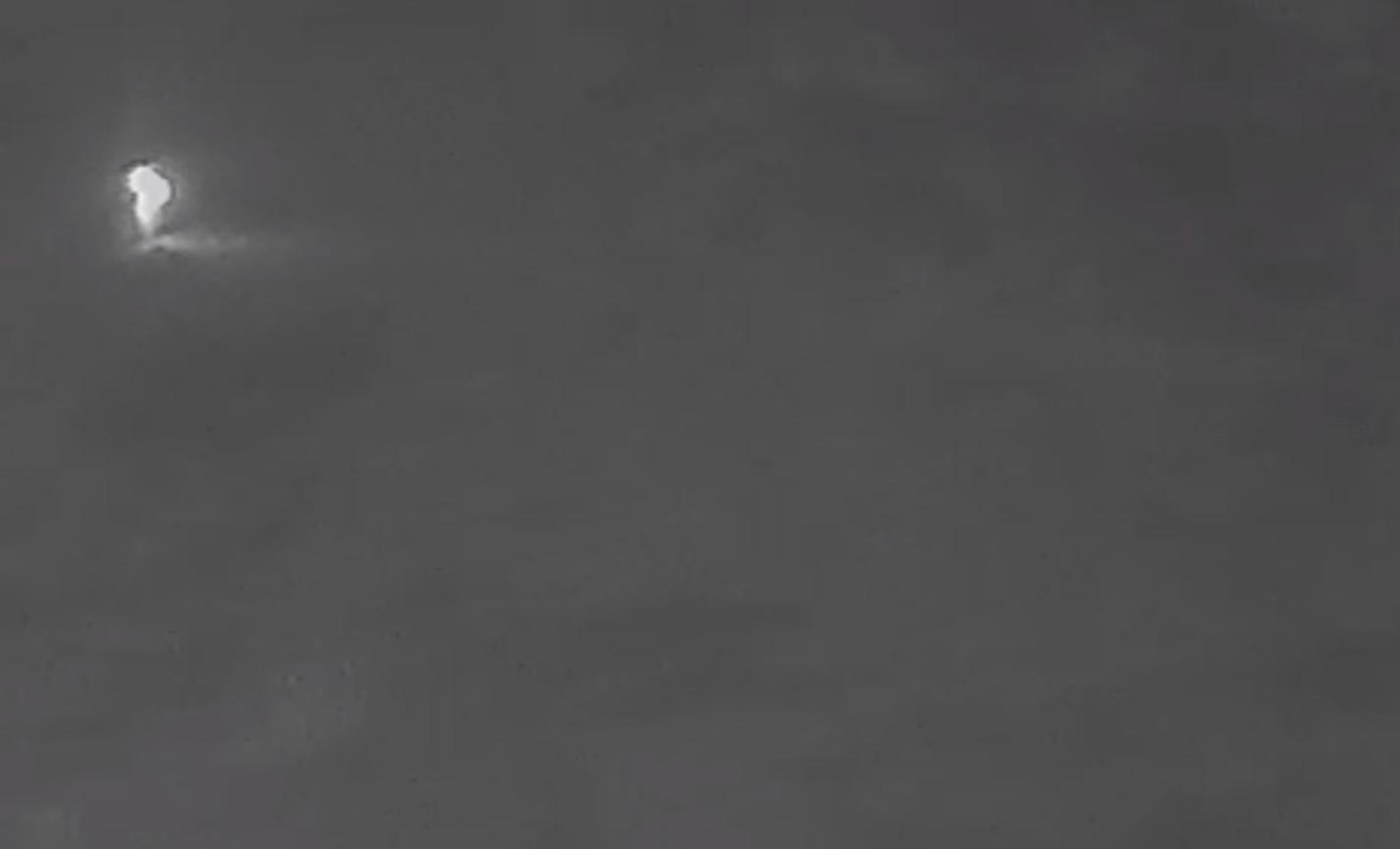


 ✅🎯🙄
✅🎯🙄 


